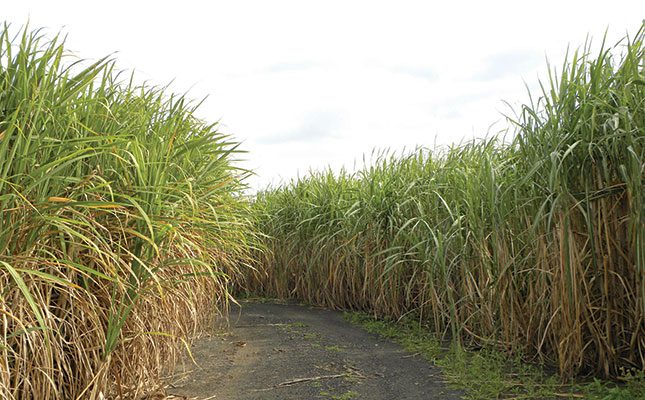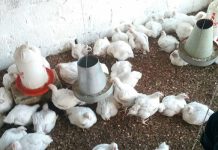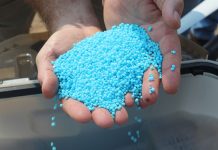
Sugar cane establishment is a critical phase in production, during which the best possible nutrition is required.
Many other elements beyond just nitrogen (N), phosphorus (P) and potassium (K) are important. The applied nutrients also need to be as efficient as possible. This led to the development of Blitz.
Blitz contains a blend of macronutrients N, P and K, as well as secondary nutrients such as calcium (Ca), magnesium (Mg) and sulphur (S). It also contains micronutrients, such as zinc (Zn) and silicon (Si). The macronutrients ratio is 2:3:4.
Kynoplus, urea treated with a urease inhibitor to limit volatilisation, is included. Part of the phosphorus included has alkaline properties, reducing potential fixation by iron (Fe) and aluminium (Al) in soil. Both potassium chloride and potassium sulphate are included.
This reduces the chlorine content in the fertiliser, creating a much better environment for early root development in the planting furrow.
The basic practical function of the nutrients in Blitz can be described as follows: nitrogen promotes vegetative growth, resulting in improved photosynthesis and subsequently more sucrose production in the sugar cane plant.
Phosphate is a nutrient associated with strong root development. When root growth is reduced, the potential uptake of other nutrients is subsequently reduced, not due to unavailability in the soil, but simply by a physically limited root system.
Potassium is often associated with stem strength and increased stress resistance in the plant, such as during a drought.
Regarding the secondary nutrients, calcium is a nutrient essential for cell division in plants and promotes plant protein formation, which is essential for growth and stalk lengthening.
Magnesium is part of the chlorophyll in leaves and has a vital role in the photosynthesis process. In simple terms, without magnesium, sugar cane will not produce sugar. Sulphur is absolutely essential for good cane growth. Sulphur forms part of the plant protein compounds and promotes the growth formation of chlorophyll in leaves.
Of the micronutrients, zinc plays a vital role in the activation of plants. It is also known to play a role in chlorophyll formation and growth hormones within plants, which is why deficiencies are associated with detrimental effects on structure, size and proper development of plant cells.
Lastly, silicon, which is consumed in larger quantities than any other nutrient by sugar cane, plays a vital role in the hardening of leaf and stem walls, so much so that it reduces the potential damage caused by fungi and pests, such as the Eldana borer.
Research from the South African Sugarcane Research Institute has shown that increased deposits of silicon in sugar cane has improved the physical barrier and hardness of cane, creating physical damage to the mandibles of the Eldana.
Furthermore, it is also known to reduce lodging in sugar cane due to the hardening of stem walls, increased frost tolerance and reduced moisture stress.
Blitz fertiliser can be applied in the sugar cane planting furrow below the cane setts, covered with a layer of soil of about 5cm, with the cane setts placed above the fertiliser.
This will reduce potential sett and/or root burn and be available for young, tender, developing sugar cane roots for uptake.
As mentioned, Blitz fertiliser contains a wide range of nutrients that are highly efficient. If you haven’t tried Blitz, test it and see the results for yourself.
Kynoch is a proud manufacturer and supplier of this product and many other optimiser products. Contact Kynoch Fertilizer should you require any further information.
Phone 011 317 2000, email [email protected], or visit kynoch.co.za.












